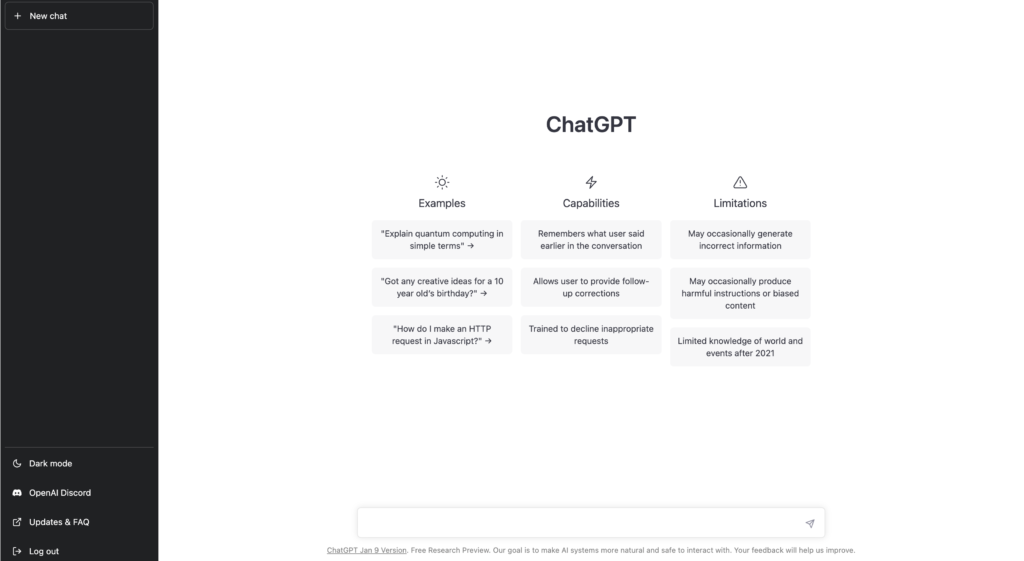ChatGPT, the powerful artificial intelligence program that has gone viral in recent months for its ability to emulate human writing, has prompted concerns about its potential for abuse among students. ChatGPT is an interactive artificial intelligence and machine learning program that allows users to communicate directly with a computer running the powerful natural language syntax. OpenAI, the company that runs and owns ChatGPT, is a leader in machine learning and has produced many other power intelligence programs in the past. ChatGPT, released in November 2022, follows the success of OpenAI’s GPT-3. The program takes inputs from a user in their natural language and can produce accurate and specific text responses and make computer code. However, with the power of a synthetical study of the entire Internet, students have begun to take advantage of ChatGPT responses, which are undetectable by traditional plagiarism and anti-cheating software.

In the history of academic integrity, there have often been developments in technology that require the educational systems to adapt and evolve to combat ways to cheat. When smartphones entered the market, there was a consideration of how to prevent students from using them to cheat. With the advent of ChatGPT and other more advanced systems like Chegg, Photomath, and other machine-learning academic aid programs, academic integrity must reform again.
ChatGPT is uniquely challenging for professors and schools for two reasons: it is easy to use and hard to trace. The program is simple and takes only a quick Internet search, an email, and a login. From there, the user can ask the program any question, from simple prompts like “What is the weather today?” to much more complex ones, like “Write a C++ program to track daily activity in 500 lines of code.” With only a few words, it is possible to do entire projects for the user.
Worsening the challenge schools face with ChatGPT is how difficult it is to detect the presence of ChatGPT use. The functionality of ChatGPT is a synthesis program. When the user prompts the program, it analyzes the terms and syntax of the prompt and searches and compares the input to the entirety of its database (the entire Internet), and puts together a response that best represents all of the information on the Internet. Because the program does not copy a single source or even ten sources, it does not trigger plagiarism software. Students can ask for code, equations, essays, or even visual art and musical creations — all with no signs of plagiarism or cheating.
With such a challenge, schools and professors are beginning to adapt to the new program. Some professors allow it as an outside source while some individually distinguish fair uses of the tool from academic violations, while others are trying to convince students that using ChatGPT is more harmful than good. However, some schools are encouraging professors to integrate ChatGPT into their assignments. An article from the University of Pennsylvania addressing faculty and staff recommends asking students to “consider designing assignments that ask students to engage with AI tools and AI-generated materials.”
ChatGPT is sure to play a significant role in the development of education shortly. Already, professors at Stevens are beginning to research its application. Although it is traditionally thought of as immoral to use outside help for assignments, perhaps ChatGPT will offer a new tool for the students of tomorrow.

Be First to Comment